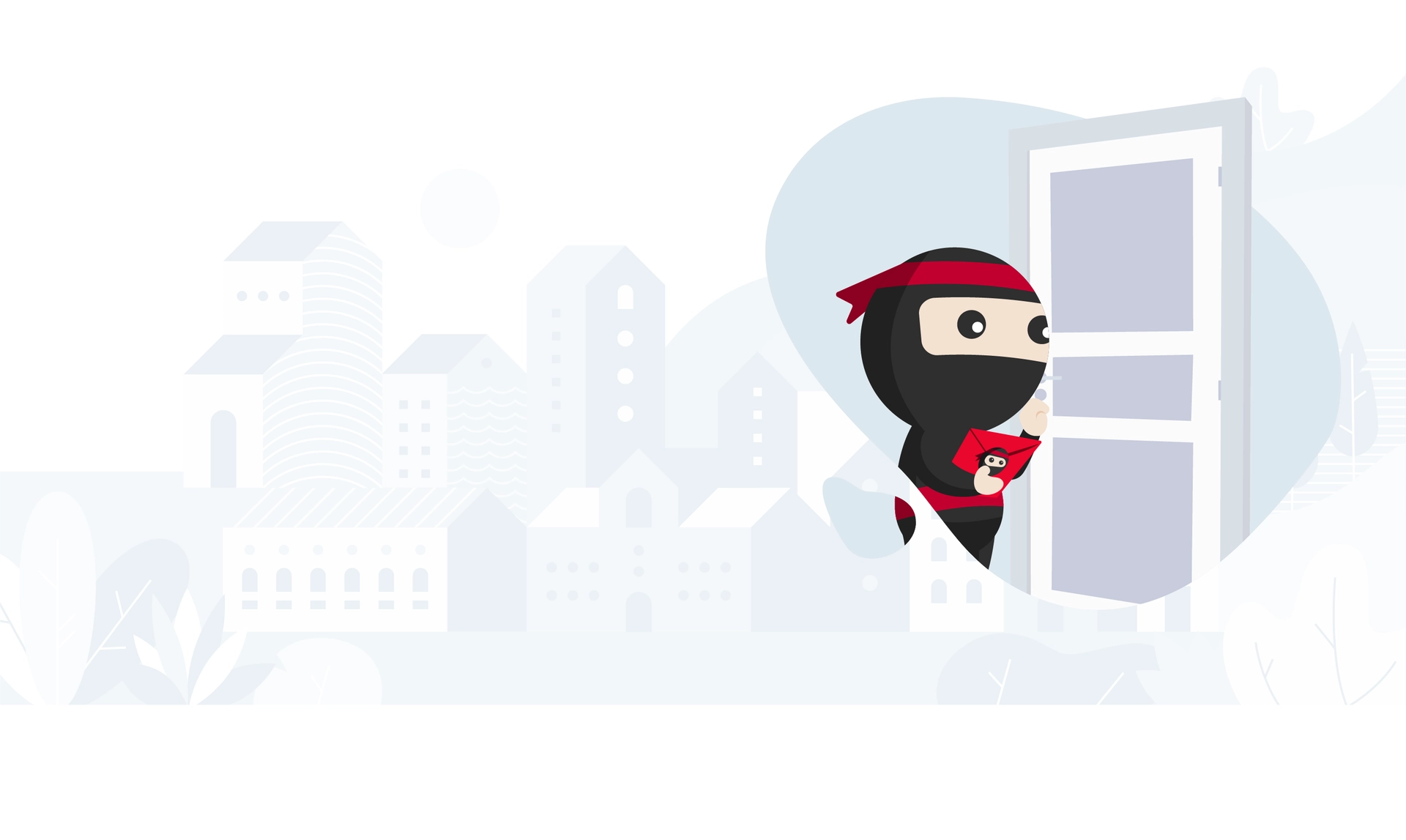How Does Cross-Border COD Service Work
.webp)
Create Orders
When you create orders on your Ninja Dashboard, indicate the amount of cash to be collected from your customers outside of Thailand.
.webp)
Collect Payment
Our delivery team collects the stated amount of cash from your customers outside of Thailand during delivery.
.webp)
Remit Payment
We consolidate and transfer* the total COD payment to your chosen Thai bank account, in THB, at the beginning of the following month.
*Terms & Conditions Apply. Availability varies based on destination country.
How Does Cross-Border Returns Work
.webp)
Create Return Order
After customers raise a return request on your business site, you should create a return order on your Ninja Van Dashboard.
.webp)
Drop off/Pick Up Return Parcels
Customers can drop their return parcels off at any Ninja Van PUDO points as long as they are not bulky. Alternatively, we can pick up from their doorsteps in selected markets.
.webp)
Export Return Parcels
We will process and consolidate the returns before shipping them back to your specified warehouse/office in Thailand.
All You Need To Know About Customs Clearance
There are two types of customs clearance, namely B2C and B2B customs clearance. Goods sold directly to end customers will undergo B2C clearance. B2C clearance also means that the De Minimis Rule applies and your parcels enjoy tax exemptions at customs.
You should also note the commodity type of your shipment as it will determine the list of documents you would need for customs clearance. Documents required also depend on the customs regulations of the origin and destination countries. Read on to find out more or speak to our friendly Ninjas to learn about the customs procedures for your international shipment.


